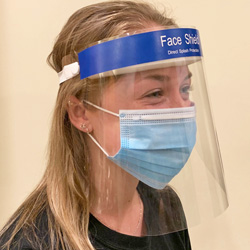This may not be what you are looking for,
but having a background in organic chemistry I always
appreciated, Melvin Spencer Newman.
Paul
-----Original Message-----
From: ACS Division of Chemical Health and Safety
[mailto:
DCHAS-L**At_Symbol_Here**PRINCETON.EDU] On
Behalf Of Stuart, Ralph
Sent: Wednesday, November 8, 2017 8:38 AM
To:
DCHAS-L**At_Symbol_Here**PRINCETON.EDU
Subject: [DCHAS-L] 20th century lab safety heroes
I'm preparing for a presentation about safety story
telling later this week at SERMACS and a question has
arisen that the list might be able to help with:
If you asked today's undergraduate science student to
name 3 to 5 laboratory scientists (as opposed to
general scientists) from the 20th Century, who are
they most likely to name? Which are the similar names
from the 21st Century?
The names that spring to my Google-aided mind are
Marie Curie, Watson and Crick (and Franklin), and
Fermi. Glenn Seaborg is important, but I don't know if
anyone today would know why...
Are there others?
Thanks for any thoughts on this.
- Ralph
Ralph Stuart, CIH, CCHO
Environmental Safety Manager
Keene State College
603 358-2859
ralph.stuart**At_Symbol_Here**keene.edu
---
For more information about the DCHAS-L e-mail list,
contact the Divisional secretary at
secretary**At_Symbol_Here**dchas.org
Follow us on Twitter **At_Symbol_Here**acsdchas
